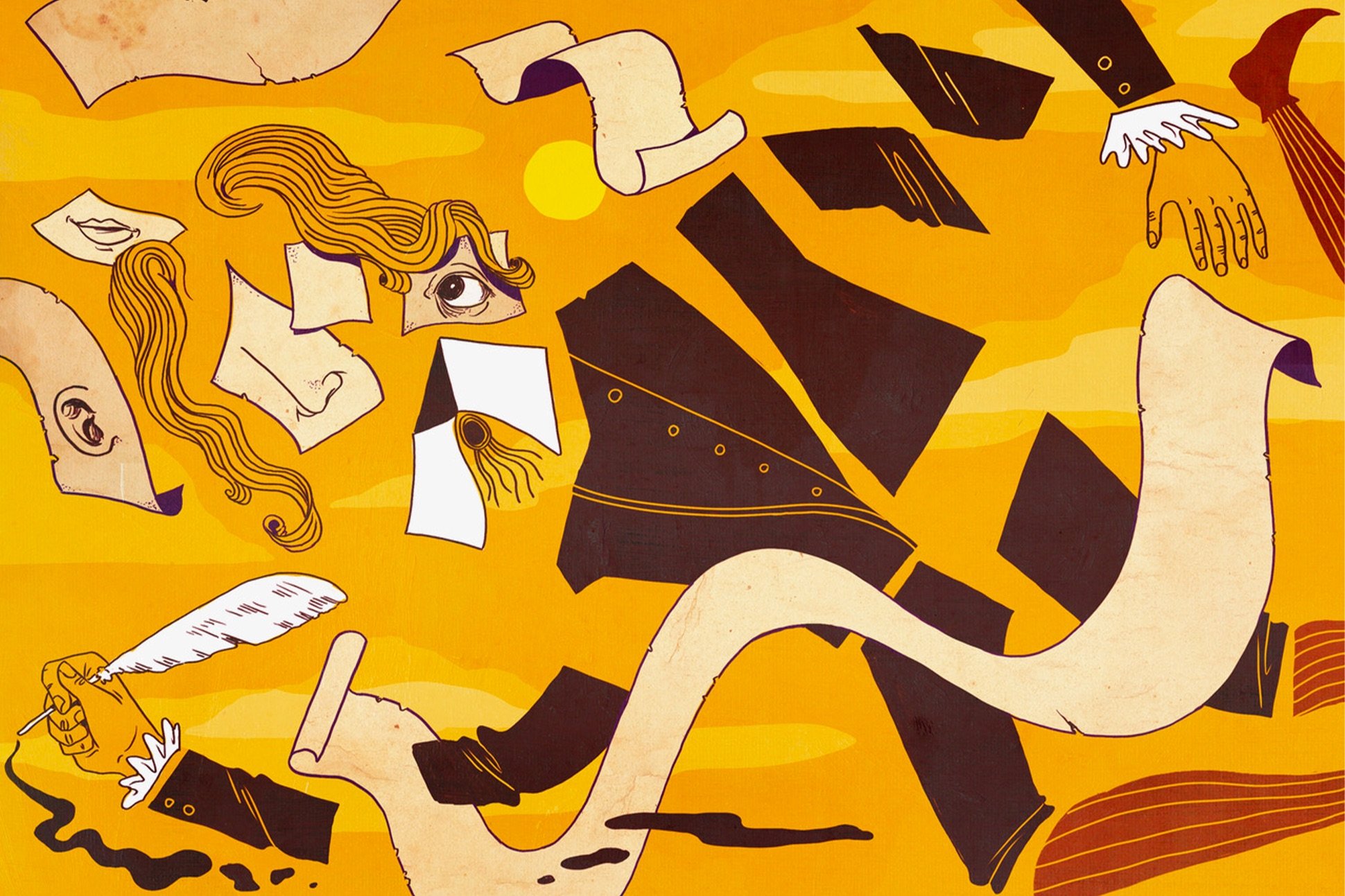https://www.poetryfoundation.org/articles/157023/milton-you-should-be-living-at-this-hour
Milton, You Should Be Living at This Hour
Our understanding of John Milton's life and work has been scattered throughout the centuries. An inventive new biography seeks to make him whole.
BY ED SIMON
Late one night at a Beech Lane pub in August of 1790, a few congregants of St. Giles-without-Cripplegate decided to dig up John Milton's corpse. Entombed within their parish some 116 years before, it was only then that a monument was planned for the most celebrated interment. But first the drinkers thought it necessary to confirm it was really Milton in that grave. The following morning, the Beech Lane regulars arrived at St. Giles—a Medieval gothic stone structure in London that is today surrounded by the brutalist Barbican Centre—and proceeded to disentomb Milton. Upon discarding rotten wood and cracking open the lead coffin, the exhumers revealed the shrouded remains of the poet, who claimed he had accomplished things “unattempted yet in prose or rhyme” in Paradise Lost (1667), his epic retelling of Revelation's War in Heaven between Lucifer and God and the Genesis account of the fall of humanity.
The vandals discovered that Milton had decomposed except for the long, curly, chestnut hair that still clung to his scalp—"these redundant locks,” as Milton had described his titular character in Samson Agonistes (1671). The grave robbers fell into a frenzy, akin to those medieval accounts in which the pious paw apart the body of a saint still in the process of dying. It was a “most sacrilegious scene,” the pamphleteer Philip Neve wrote a few days later, "a transaction which will strike every liberal mind with horror and disgust." Some of the interlopers pried teeth from Milton's mouth or grabbed a loose jawbone or pulled from his pate long strips of hair that had once earned him the cheeky nickname "The Lady of Cambridge." Poet William Cowperdenounced the "wretches who have dared profane / His dread sepulchral rest."
Ironically for a committed anti-papist such as Milton, bits of his bone and hair were sold in London pawnshops, evoking the trade in sacred relics that he decried in Paradise Lost as the "sport of winds," all of those "beads / Indulgences, dispenses, pardons, bulls." "The fate of his body," Joe Moshenska writes in his excellent Making Darkness Light: A Life of John Milton (Basic Books, 2021), "feels curiously apt." Just as Milton's corpse was divided, so, too, has his thought been sundered; he comes to us now as a poet of dueling antipathies. There is Milton the consummate Protestant and the Italophile who dined with Jesuits, the staunch Puritan and the non-conformist heretic, the misogynistic prig and the celebrant of conjugal divinity, the incendiary pamphleteer and the erudite scholar, the English nationalist and the polyglot cosmopolitan. Milton is "encountered as a series of scattered moments and encounters which do not … add up to a cohesive whole," Moshenska writes.
Milton remains more respected than read. For all his canonicity, he lacks the cultural cache of his compatriots Chaucer, Dickens, Austen, and, of course, Shakespeare. Moshenska contends that Milton is "a national monument rather than a national treasure … there was no Milton museum, no gift shop selling Paradise Lost tea towels or 'Lycidas' lollipops." I would add that no adaptation of "On the Morning of Christ's Nativity" follows television broadcasts of A Christmas Carol. Colin Firth has never risen like Lucifer from Pandemonium in a BBC miniseries; the National Theatre has never staged Milton’s masque Comus. There are reasons for Milton's relative marginality: he requires knowledge of Christian theology that most readers in our current secular age lack, and his sticky syntax, complicated grammar, baroque diction, and obscure allusions do not reward casual readers, even if his Lucifer is the most riveting dramatic character ever rendered….
This is the beginning of Simon’s article which is essentially a review of Moshenska’s new biography of Milton. The website for the entire Simon essay is listed at the top. Since I haven’t read the biography, and may not, I can’t comment on its quality. LES

